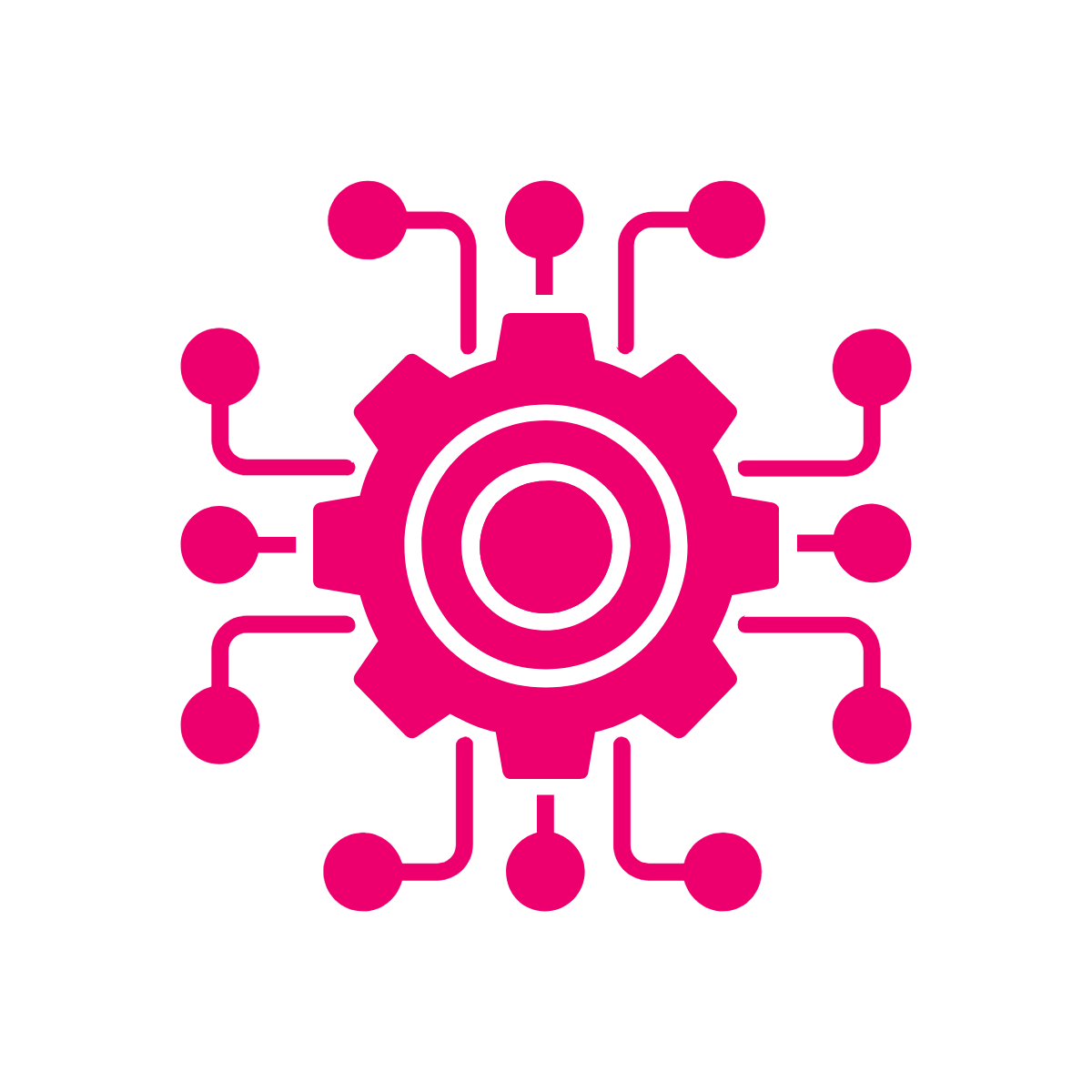Prior to using Applitools, everything at EVERFI was manually tested, resulting in many hours of testing. With courses averaging around 75 pages each, it would take hours to get through manually testing a single course, and even then, you can easily miss those issues. In coming up with solutions to speed up the actual development process, Greg chose Applitools from his experience using it in the past in a previous role.
Of the EVERFI pipeline, Greg said “Today, we’re using a tool called CircleCI, which we actually leverage also as our testing grid. It really simplified in the sense of kind of pushing everything up through CircleCI. I need to deploy a node, I need to run this on Chrome, but after I run that particular test in Chrome, then I’m able to actually push out the Applitools to all the different configurations if I want to run against. Different browsers or different resolutions.”
EVERFI onboarded a proof of concept using Applitools Eyes in less than a week to prove the return on investment. One of the advantages of this onboarding of Applitools was the Ultrafast Grid, which allowed EVERFI to scale out its courses across different devices, browsers, and resolutions within minutes and in some cases even seconds. This provided a more robust coverage to test how learners are actually using the courses. The Ultrafast Grid also sped up the testing process and saved money on manual testing.
EVERFI deploys releases 26 times per year with about 10 courses every release, which is usually around 75 pages. Per Greg Sypolt, “You’re looking at, you know, between $25 to 50 thousand probably every sprint itself. So you’re looking at over a million dollars for the whole entire year from a return investment moving from a manual side of testing over courses to actually running continuous automation using visual testing.”


